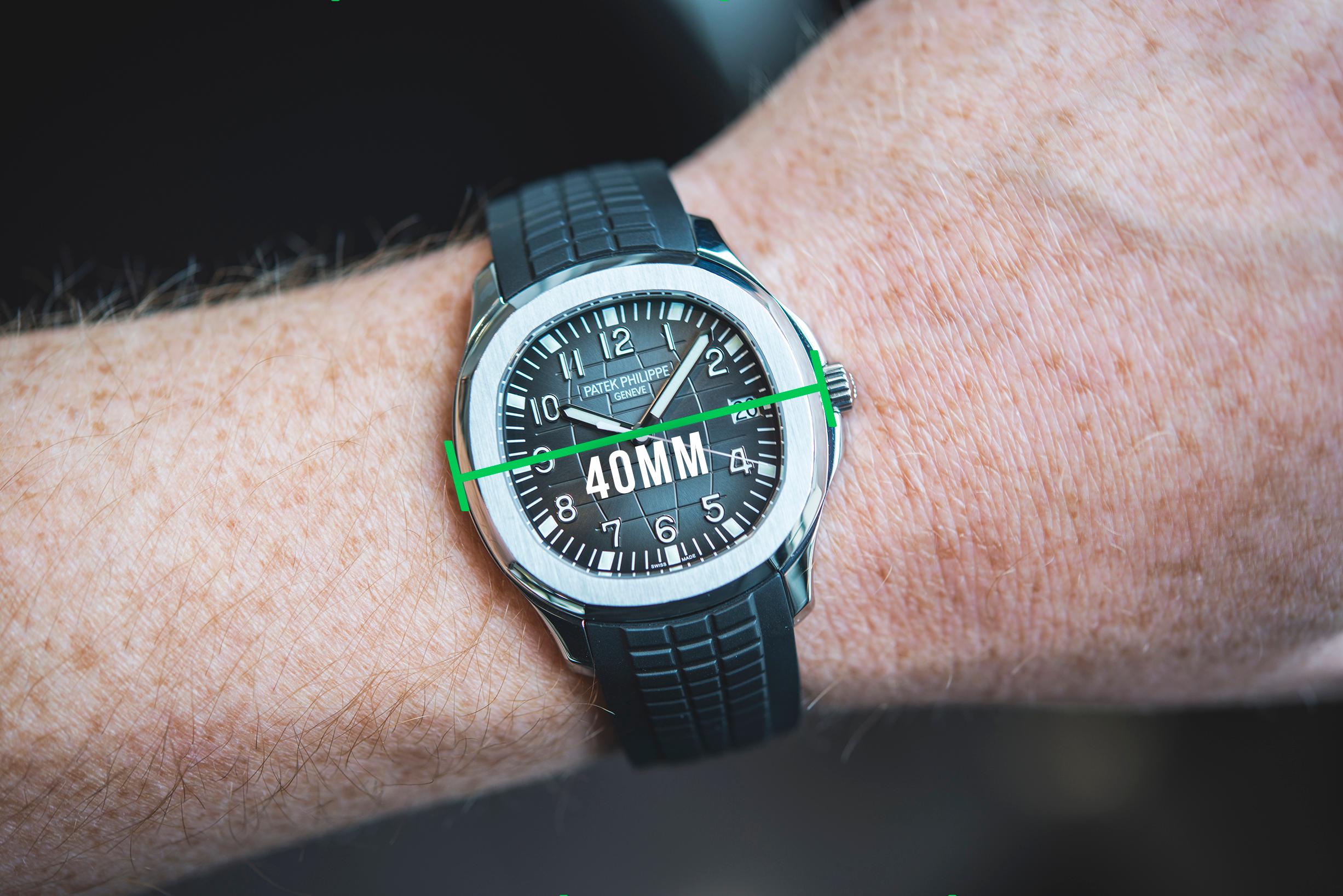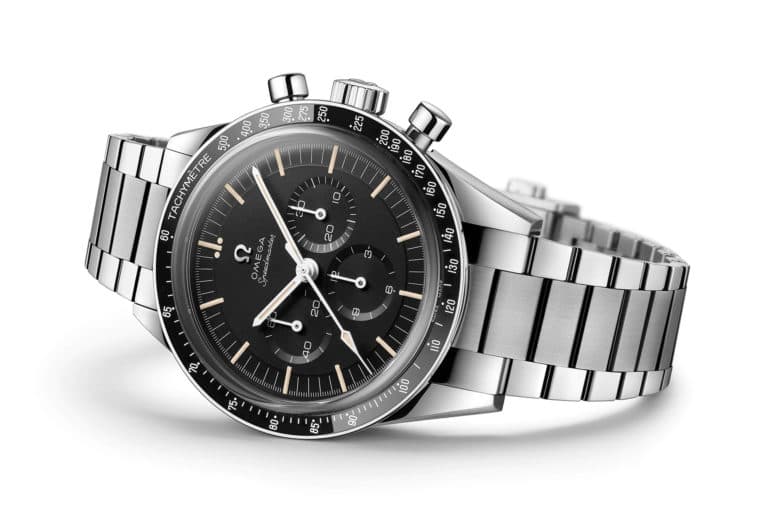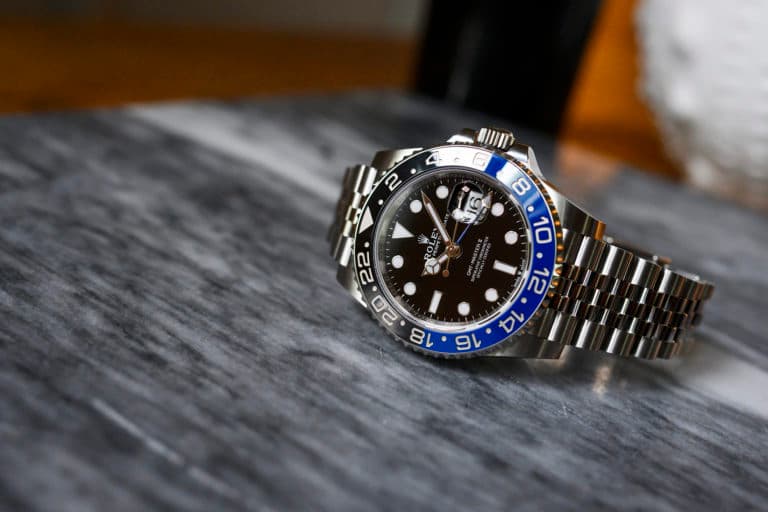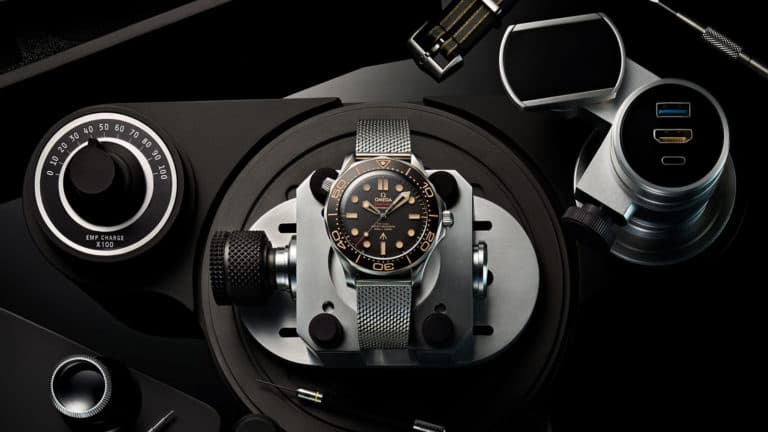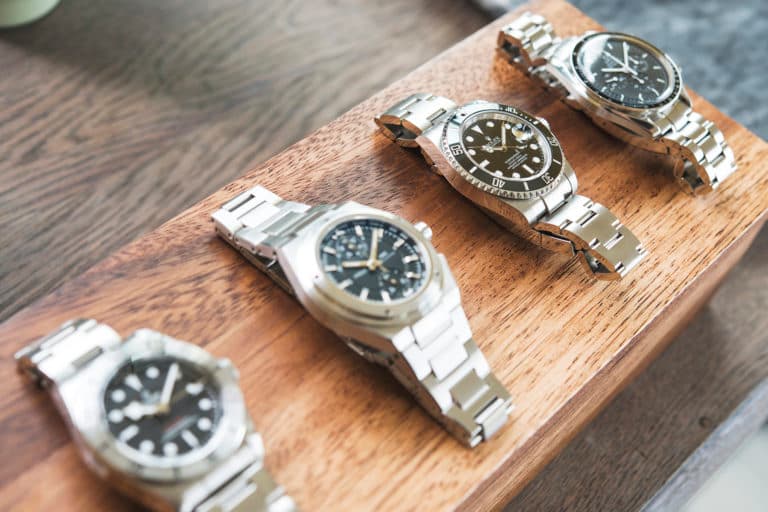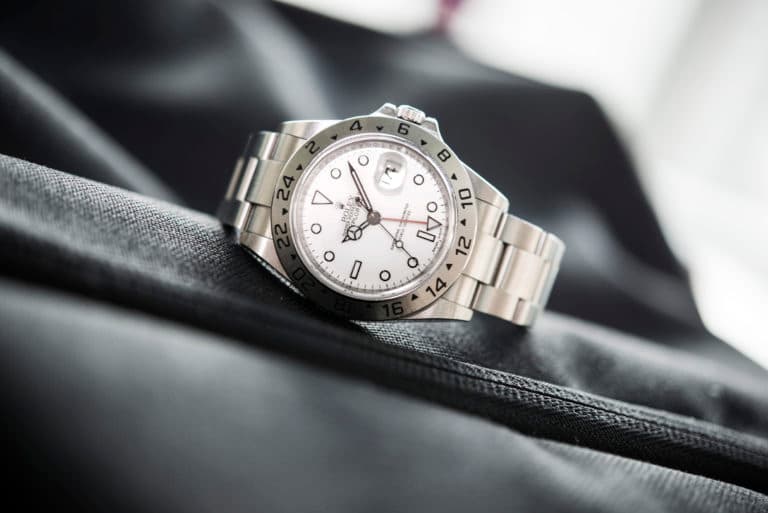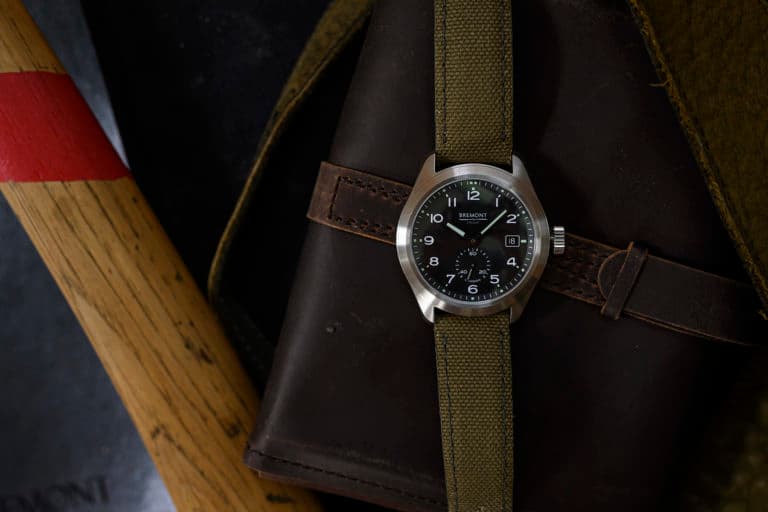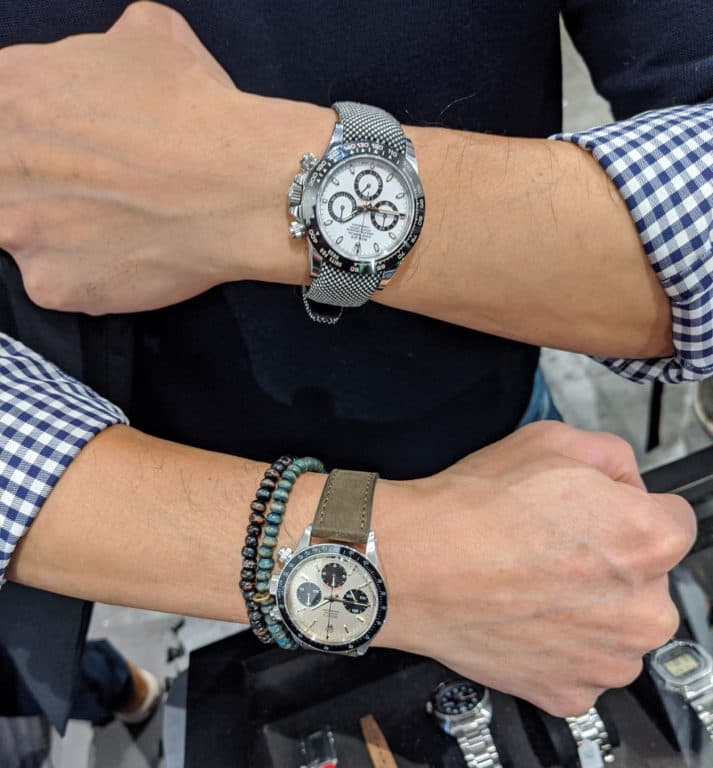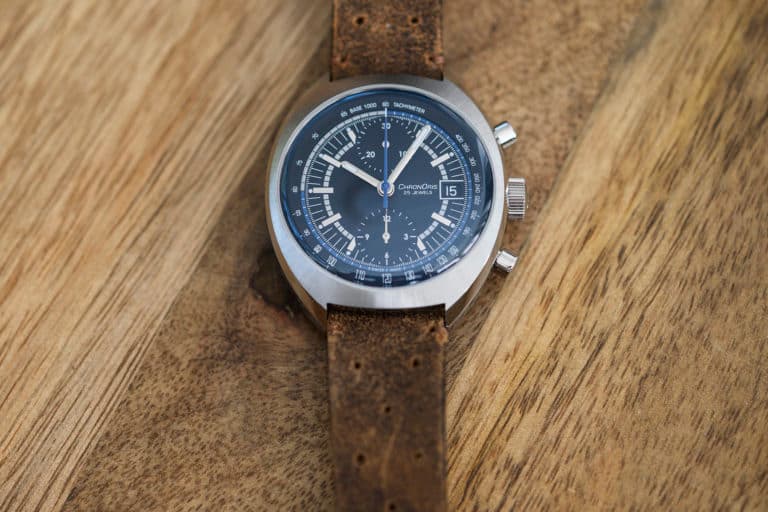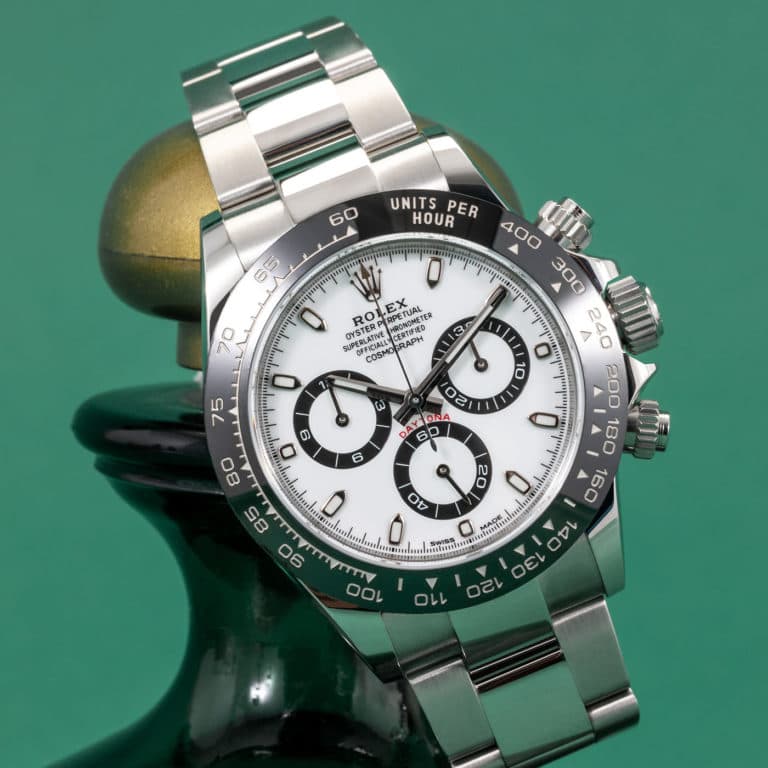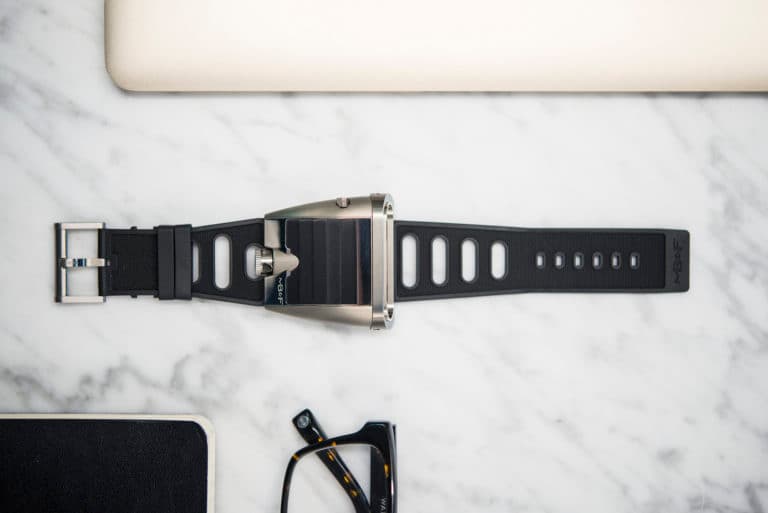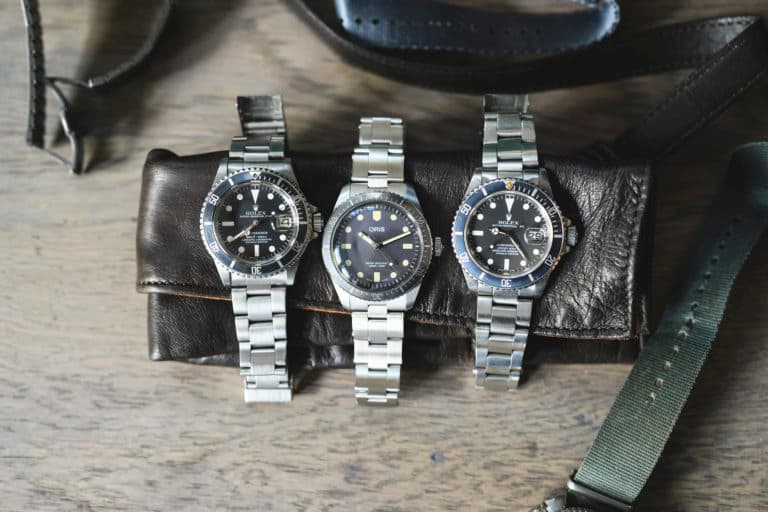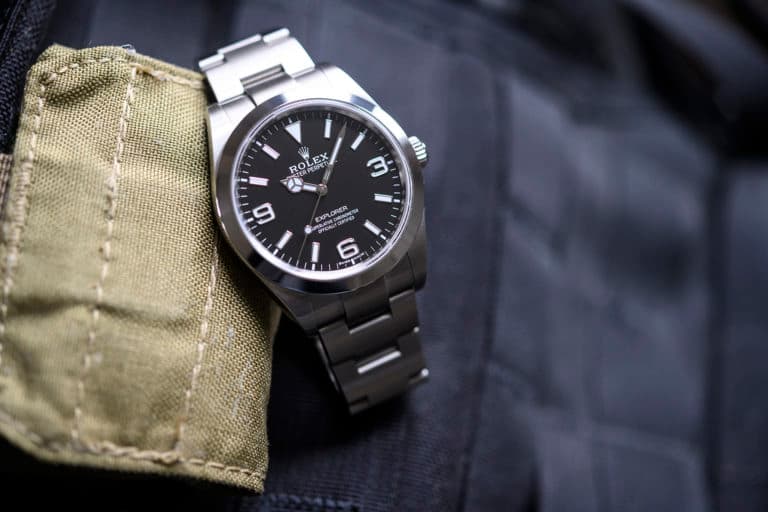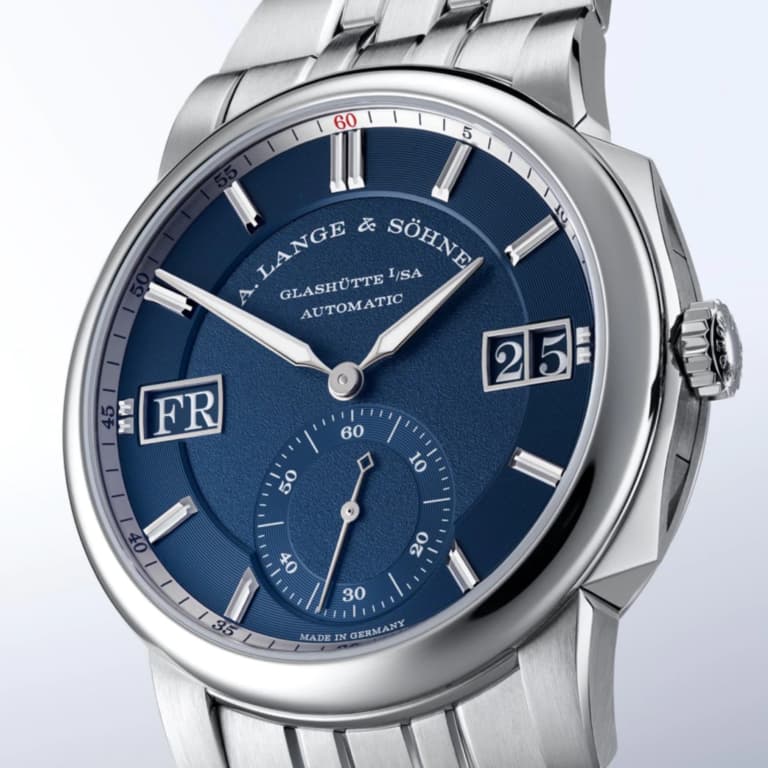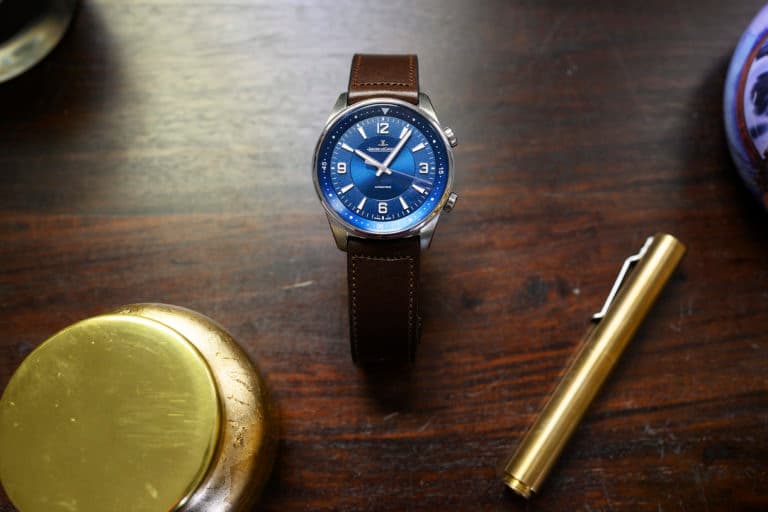The past decade has been a tumultuous period for watch sizing. The “big watch” trend has come and (for the most part) gone, and sizing has settled into reasonable territory across a broad range of choices for the consumer. This can make it a challenge to find a watch that fits your wrist and your preferences. Let’s take a look at how to find the size of a watch, and how to narrow in on a size that’s right for you.
Watch sizing has been standardized to the diameter of the case, from edge to edge, excluding the crown, in the form of millimeters. For example, the Rolex Submariner has a case size of 40 millimeters, or 40mm. This has become a pretty standard size for men’s watches. In the 60’s, a 40mm watch would have been seen as oversized or jumbo, to use the parlance of the time. Certainly, tastes have changed since then, and there are far more options to suit most every buyer. Finding a watch that fits is less about social trends, and more about being comfortable with a watch that fits your wrist.
Without trying a watch on, how are you supposed to have a grasp on what will fit your wrist? Well, here’s a few tips to help you out.
First off, measure the circumference of your wrist. An easy way to do this is to grab a string, or a wire, or really any flexible length of anything, and wrap it around your wrist (not too tightly), marking the edge with your thumb or a pencil. Take that length and place it next to a ruler to get the exact measurement. Most men’s wrists fall somewhere between 6.5 and 7.5 inches.
There are plenty of factors to consider in order to find a comfortable watch, such as the height of the case, angle of the lugs, any curvature to the case, and how the strap or bracelets integrates into the case. Watches are generally between 10 and 14mm in height, anything above may present problems if you need it to slip under a shirt cuff, but if you’re more of a jeans and t-shirt kind of person, it may not concern you as much.
One “rule” that most people stick to is this: the lugs should not overhang the edges of your wrist. Of course, this isn’t set in stone, but generally speaking, if the lugs are overshooting the confines of your wrist, you’ll have a difficult time wearing the watch day to day in a comfortable manner.
Getting back to your wrist size. If your wrist is south of 7 inches in circumference, you may want to stick to watches under 44mm in diameter if you plan on wearing it often. A 40mm watch will fit about perfectly, and you can even pull of 38mm watches without too much trouble. The rest really comes down to preference, but before you start bidding on a watch you like, be sure to glance at the size to make sure you know what you’re getting into.


